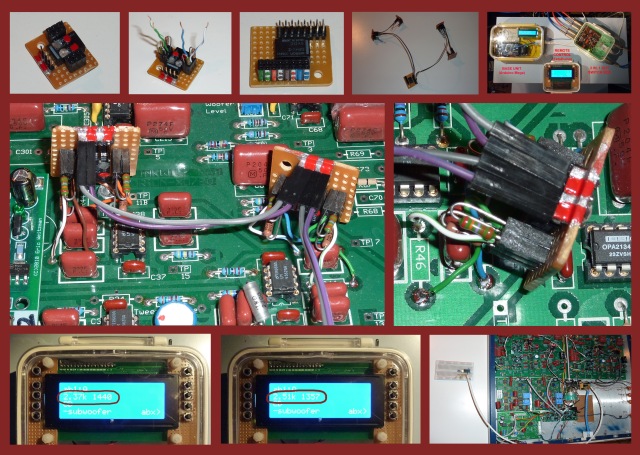I’ve spent some time listening to Don Barringer’s change to the midrange low pass filter (3.3.1.SN). The effect is both very subtle and very worthwhile. I may try the other filters, but I reverted to 3.2.1 after trying 3.3.1 so this isn’t a high priority.
Since I can do immediate AB comparisons, I was able to discover if the differences are noticeable when switching back and forth. They are. And they can be heard simply by listening to the new filter after one learns what to listen for.
My impressions of the new filter’s effects while listening to rock and jazz are:
- no artificial strain in vocals (opera is still pending…)
- treble that seemed to be forward of the rest of the soundstage has moved back, especially at the side of the soundstage near the speakers
- lower midrange warmth appears to have increased
- FWIW, changes can be heard in tape and mic preamp noise
An odd thing is that no differences can be heard on Miles Davis’ Relaxin’. This recording can be kind of “in your face” at times, and so it remains.
There’s something slightly strange happening now that this strain is gone, a subtle new issue. Perhaps another of Don’s filter changes will fix it? I’ll post something about this when I can put my finger on it.
Local Orion fans are welcome to come by and hear the differences for themselves. I will probably make this permanent in the next month or so, so don’t wait too long.
For those interested in making Don’s changes but don’t want to invest in the necessary tools and/or build the resistor/trimpot gizmos, you could order custom resistors from Texas Components. They supply trimmed high precision Vishay resistors for $5-$10 last time I got a quote from them.



